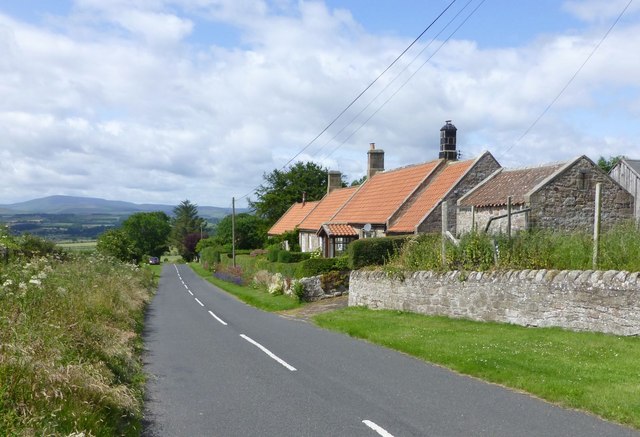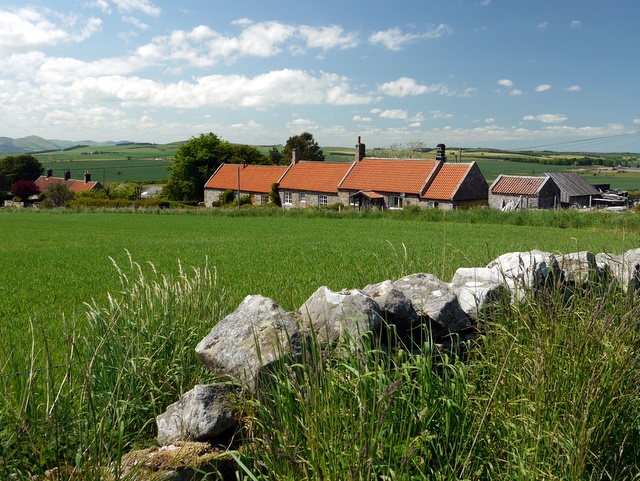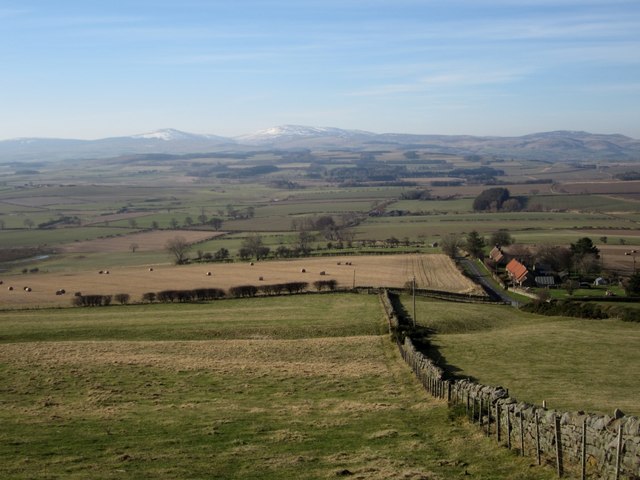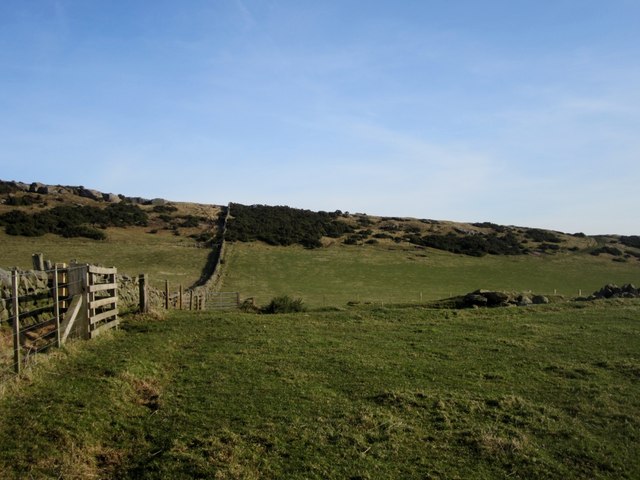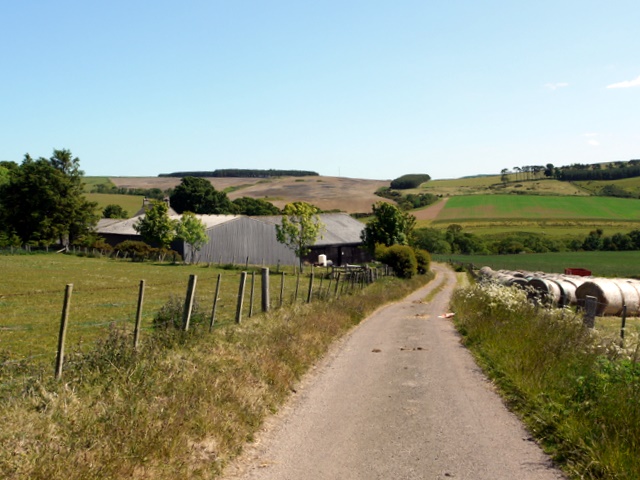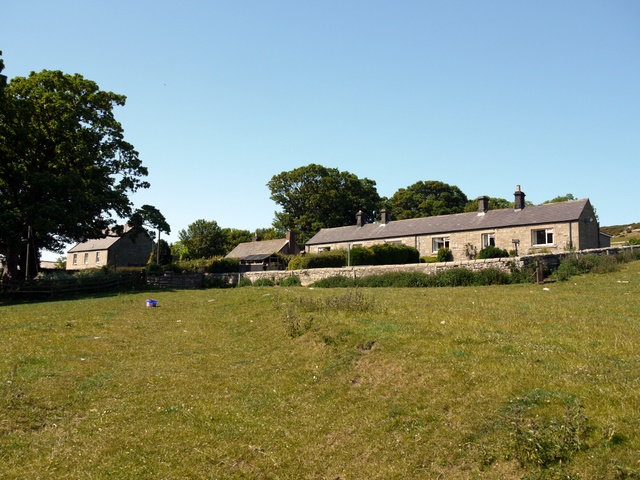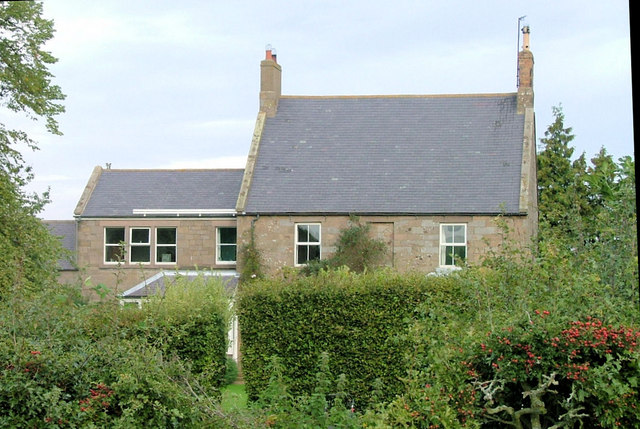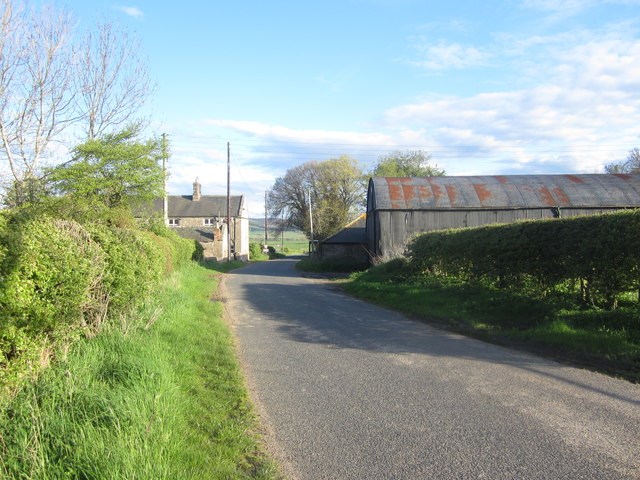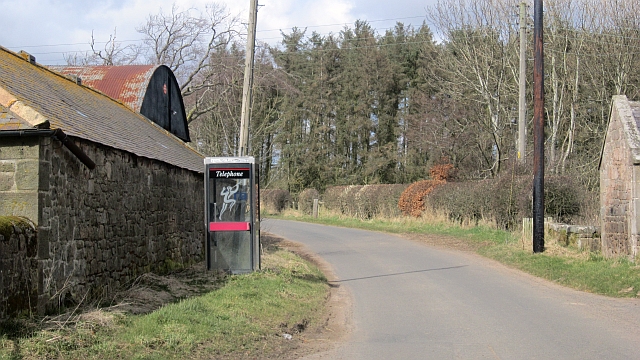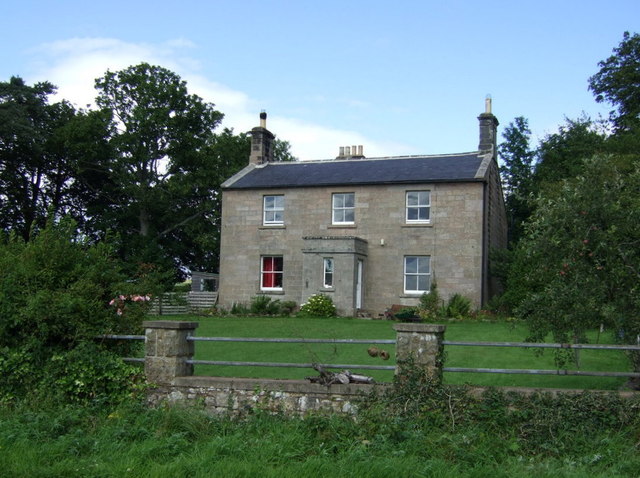Topics > Northumberland > Lyham
Lyham
The hamlets of Old Lyham, North Lyham, South Lyham, and West Lyham are located by Lyham Moor in Northumberland, about 3 miles south-west of Belford and 5 miles north-east of Wooler. Old Lyham was the site of a more substantial medieval village, which was first recorded in written records from 1296. The village had shrunk by the mid 18th century. New Cottages were built at North Lyham and South Lyham in the early 19th century, at which time and more people moved away from Old Lyham.[1] The settlements formed a township in the ancient Parish of Chatton.
LYHAM, a township, in the parish of Chatton, union of Glendale, E. division of Glendale ward, N. division of Northumberland, 6 miles (E.N.E.) from Wooler. It is situated on the road from Chatton to Holborn, and comprises 1661 acres, of which 492 are common or waste land. The Hetton burn passes on the west of the township. The great tithes have been commuted for £145, and the small for £46.
Extract from: A Topographical Dictionary of England comprising the several counties, cities, boroughs, corporate and market towns, parishes, and townships..... 7th Edition, by Samuel Lewis, London, 1848.
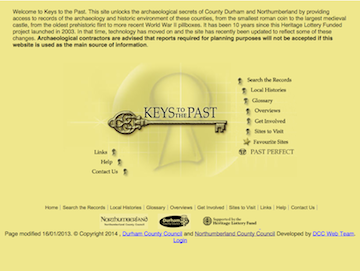
from https://keystothepast.info/se…
Old Lyham (Tillside)
- "This is the site of the deserted medieval village of Old Lyham. It was first recorded in written records from 1296, but had shrunk by the mid-18th century. By the …
Added by
Simon Cotterill

from https://keystothepast.info/se…
Lyham Hill millstone quarry
- "This site is known to have been a quarry since Elizabethan times and is first documented in 1563. It was worked for millstones and gateposts. The remains of over 100 …
Added by
Simon Cotterill


from https://keystothepast.info/se…
Old Lyham (Tillside)
- "This is the site of the deserted medieval village of Old Lyham. It was first recorded in written records from 1296, but had shrunk by the mid-18th century. By the …
Added by
Simon Cotterill

from https://keystothepast.info/se…
Lyham Hill millstone quarry
- "This site is known to have been a quarry since Elizabethan times and is first documented in 1563. It was worked for millstones and gateposts. The remains of over 100 …
Added by
Simon Cotterill
